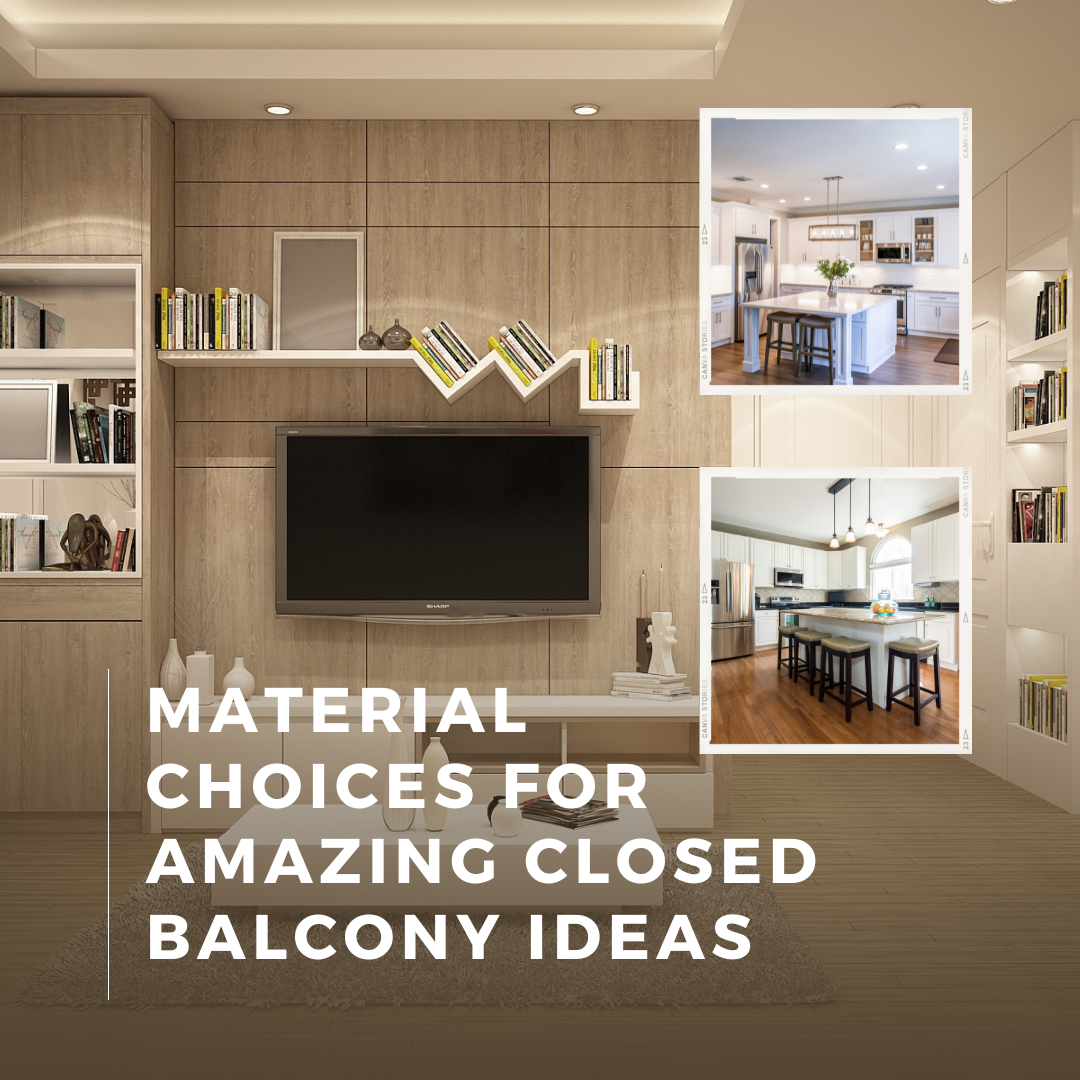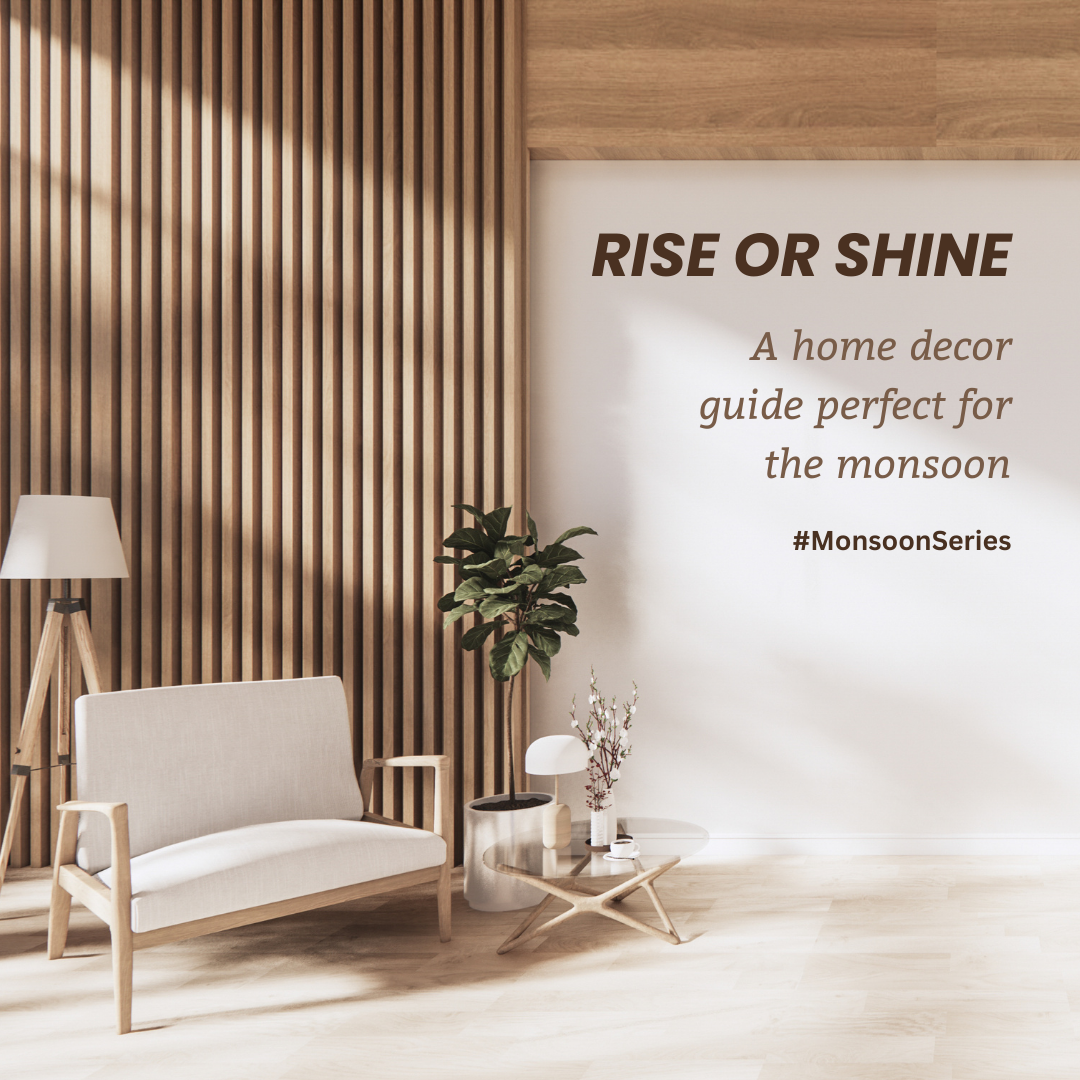Transforming your balcony into a stylish and functional space is a fantastic way to enhance your home. Whether you’re dreaming of a cozy nook or a chic extension of your living area, choosing the right materials can make all the difference. Let’s dive into five key steps to help you select the perfect materials for your closed balcony and turn it into your favorite spot in the house!
1. Envision Your Ideal Balcony
Why It Matters:
Before you choose materials, you need to imagine how you’ll use your closed balcony. Are you thinking of a relaxing retreat, a vibrant entertainment space, or a multifunctional area?
What to Consider:
– Purpose: Will it be a reading nook, a dining area, or a play space?
– Style: Are you drawn to modern, rustic, or eclectic styles?
– Usage: Will it be used year-round or only in certain seasons?
Example:
If you envision a cozy reading nook, you might opt for soft, comfortable materials like plush cushions and warm wood finishes. For a lively dining area, think durable surfaces and vibrant fabrics.
- Select Durable Flooring Materials
Why It Matters:
The floor of your balcony needs to be sturdy and weather-resistant, especially if your space is exposed to the elements. It should also be stylish and comfortable underfoot.
Material Choices:
– Outdoor Tiles: Durable and weather-resistant, available in various designs.
– Wood Decking: Adds warmth and a natural feel, great for a classic look.
– Composite Decking: Combines the look of wood with the durability of synthetic materials.
– Outdoor Rugs: Softens the space and adds color or pattern.
Example:
Choose weather-resistant tiles with a wood-look finish for a blend of durability and style. Or opt for composite decking if you prefer low maintenance.
3. Choose Stylish Wall Treatments
Why It Matters:
Walls can set the tone for your balcony. Select materials that complement your style and add to the overall ambiance of the space.
Material Choices:
– Wood Paneling: Adds warmth and texture, perfect for a cozy, rustic feel.
– Stone or Brick Veneer: Creates a chic, industrial look and adds character.
– Glass Panels: Offers a modern touch and unobstructed views.
– Paint: A versatile option to match any theme or color scheme.
Example:
For a contemporary feel, consider sleek glass panels or a clean, fresh paint color. For a more traditional look, go with wood paneling or stone veneer.
4. Opt for Functional and Stylish Furnishings
Why It Matters:
The right furnishings will make your closed balcony both beautiful and practical. Choose materials that are comfortable, easy to maintain, and suited to your intended use.
Material Choices:
– Outdoor Furniture: Look for weather-resistant materials like wicker, teak, or aluminum.
– Cushions and Fabrics: Opt for water-resistant and UV-protected fabrics.
– Storage Solutions: Use materials like metal or wood for functional storage that blends with your décor.
Example:
Wicker furniture with waterproof cushions is ideal for a cozy reading nook, while sleek metal or teak furniture works well for a stylish dining area.
- Accessorize with the Right Touches
Why It Matters:
Accessories bring personality and comfort to your closed balcony. Choose materials and items that enhance the space and reflect your personal style.
Accessory Choices:
– Lighting: Use outdoor-rated fixtures or string lights for ambiance.
– Planters: Select materials like ceramic or metal for stylish plant displays.
– Curtains or Blinds: Choose fabrics that are durable and complement your décor.
Example:
String lights and ceramic planters can add a whimsical touch to a casual lounge area. For a more sophisticated look, use sleek blinds and metallic planters.
Designing a closed balcony involves choosing materials that reflect your style and meet your practical needs. From envisioning the perfect use of the space to selecting durable flooring and stylish furnishings, every choice contributes to creating a beautiful and functional retreat.
So, roll up your sleeves, get inspired, and make your closed balcony a space you’ll love to enjoy!









